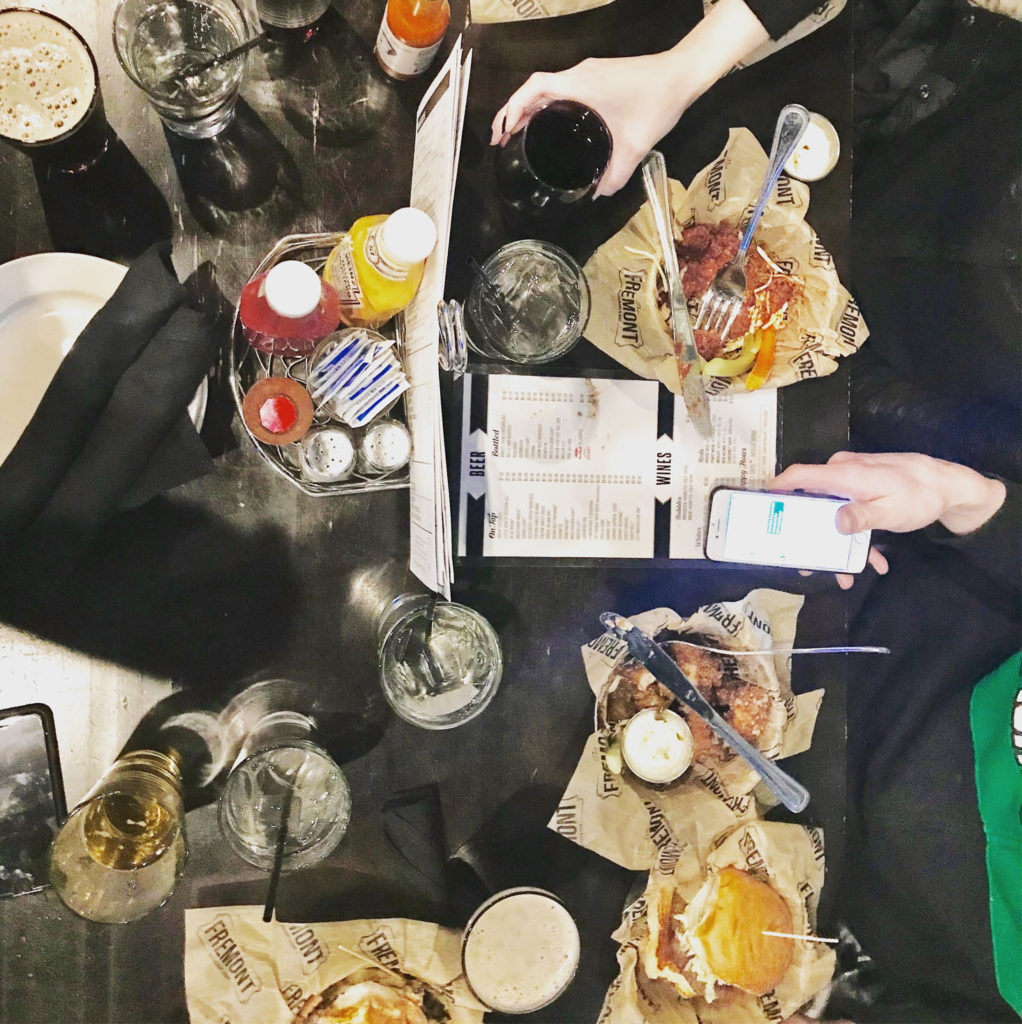A few years ago I asked myself the question, what dictates our food choices? I spent a few months reading through scientific journals and looking at research about why we eat what we eat. I found information about the role the food industry plays in our eating habits, how government programs and initiatives shape our choices, and how cost, taste, and other factors way in on what we eat. I presented my findings at a conference a few months later and participated in lively discussion about the complexity of factors that drive American’s food habits. It was at this conference that a man I never met before abruptly changed my perspective on this question.
“You want to know what really determines what someone eats? It’s what their friends eat!…. The fact of the matter is people are going to eat what others around them think is normal and acceptable.”
I was dumbfounded! I had spent months gathering information about the science behind our food choices and completely missed one of the biggest determinants! I started looking at food in a different light. I started thinking about specific social gatherings in which we eat to be accepted.
Eating is the focal point of many social events, such as weddings, parties, dining out with close friends, or at a happy hour with our coworkers. Eating brings together families, either at the dinner table or in front of the TV. And eating connects you with coworkers in the break room or cafeteria. Eating is a daily activity for us all. Yet, what we eat can be drastically different depending on where we are and who we are with. Social settings, peer pressure, and societal expectations often are deeper drivers of our food choices than many of us realize.
Take for instance, going out with your coworkers for a happy hour. There are certain social expectations in this setting. You will drink alcohol at the happy hour and you will eat appetizers of fries, onion rings, nachos, spinach artichoke dip, etc. More often than not everyone follows suit in this setting even if they aren’t particularly hungry or might be questioning if an alcoholic beverage at 3:30 pm on a Tuesday is a wise choice. These social structures dictate our food choices more than our own preferences and goals do. If you didn’t get invited to a happy hour, I doubt you would have grabbed some truffle fries and a bud light by yourself on your way home.
Now let’s pretend you didn’t follow these social norms placed upon you. Maybe you ordered a water? Maybe you enjoyed the conversation rather than the appetizers? Did anyone notice? Did they remark? Did you feel uncomfortable? Often when you challenge the social structure people feel threatened and call you out on your differences. “Mallory, you on a diet or something?”
Take a moment and ask yourself what are the social settings in which you eat? How do they differ from each other? And more importantly how do your food choices differ in each scenario? Why are they different? It can lead to some interesting revelations about your relationship with food. “I eat at that Chinese takeout place for lunch because that’s where everyone on my team at work eats.” “I eat salads out with my friends because I feel judged by them” “I always eat those curly fries at happy hour even though they upset my stomach”
When trying to make healthier food habits, our friends, family, and the social settings that surround them can be barriers to our success. By recognizing them and planning in advance we can enjoy the social event while sticking to our health goals. But the first step is to be aware of how we behave and eat differently in different social settings. Knowing what social situations support your healthy decisions and which make it difficult for you to make the healthier choice is the first step in finding healthy changes you can feel good about.

